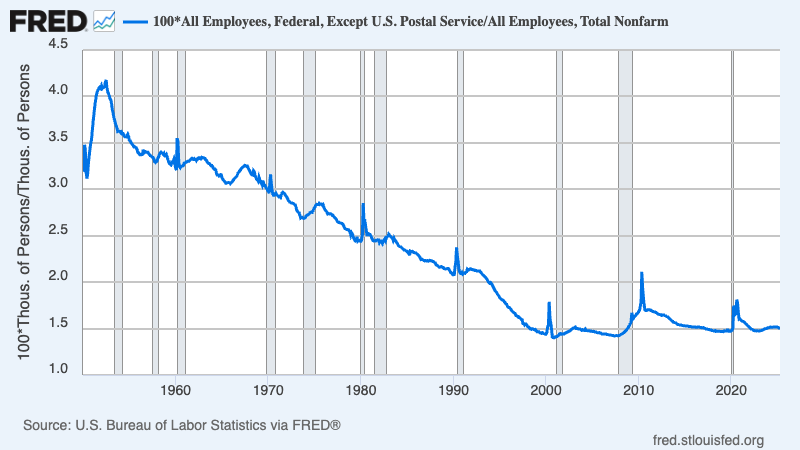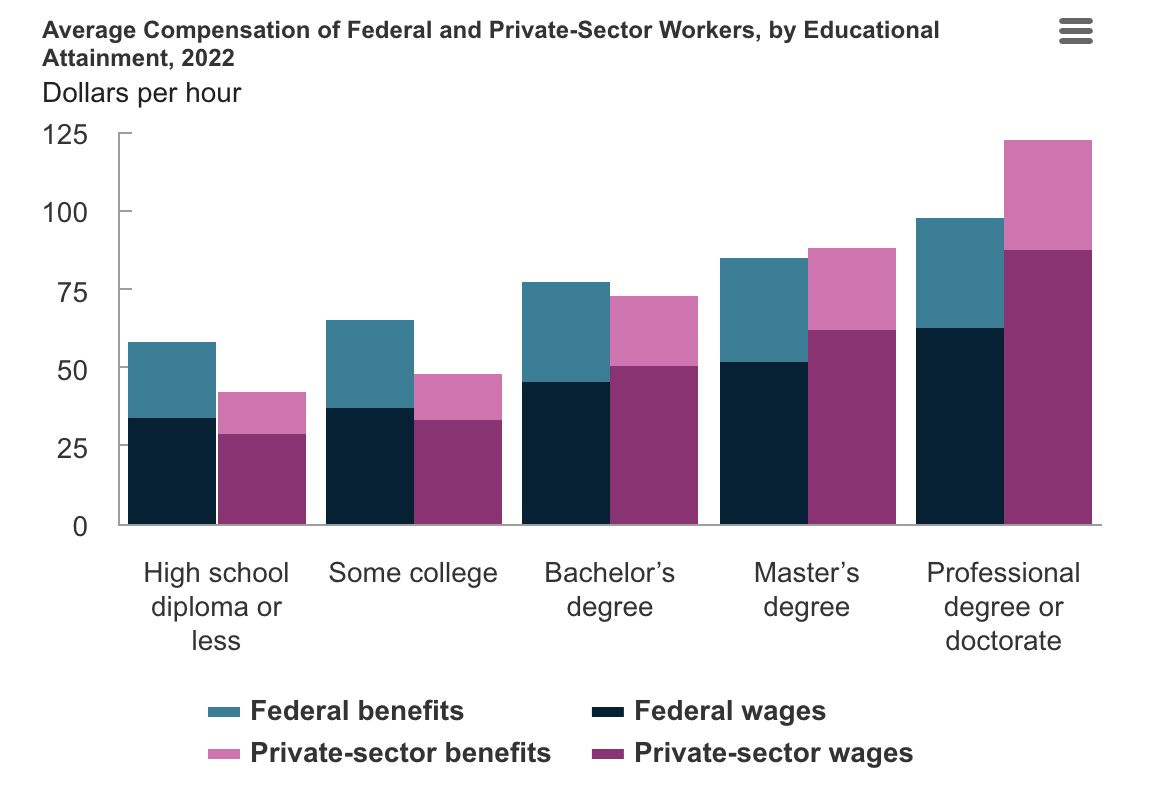
This is part of our series of daily recaps of ICE activity in the Chicago region. Have a tip we should check out? Email newsroom@blockclubchi.org.
ALBANY PARK — Ald. Rossana Rodriguez-Sanchez (33rd) is speaking out after federal immigration authorities led her into an alley and warned her that she was “impeding” them in Albany Park Tuesday morning, she told Block Club.
Listen 🎧
Rodriguez-Sanchez was in a car following agents driving in a black SUV near the intersection of Avers and Leland avenues around 10:35 a.m. Tuesday. The alderwoman was in her car with her Chief Of Staff Veronica Tirado-Mercado honking horns and blowing whistles to alert neighbors to the presence of federal agents, she said.
“They went into an alley because they wanted to get us secluded,” Rodriguez-Sanchez said. “And I followed them in, and that’s when they came out of the car and gave me a warning. Afterwards, we kept following them. But we lost them at some point going south on Pulaski.”
Rodriguez-Sanchez, whose ward includes parts of Albany Park, Irving Park, Avondale and Ravenswood Manor, said three federal agents wearing camouflage uniforms and masks approached her. The incident was also recorded.
One of the federal agents tells Rodriguez-Sanchez that “911 is going to be notified,” according to the video.
“I’m giving you your warning, okay?,” the agent said, according to the video.
When Rodriguez-Sanchez asks what the warning is for, the agent said “impeding in our operation, ma’am.”
The federal agent doesn’t give a name, but leans slightly forward to briefly show a patch on the left shoulder of his uniform that appears to identify him as “E2-20.”
Rodriguez-Sanchez and Tirado-Mercado continue to ask the federal agent his name, according to the video.
Instead of sharing his name, the agent reiterates that he is giving Rodriguez-Sanchez a “warning” before he and the two other agents walk back to their SUV, according to the video.
It was the first of two incidents Tuesday where elected officials were approached by federal agents while trailing them to alert neighbors.
Around 11:30 a.m. Tuesday, state Rep. Hoan Huynh said he and a staff member were following an ICE car near Montrose and Kimball avenues when agents blocked his car and one approached the car with their gun drawn. The agent pressed the gun against the car window tried to smash the window, Huynh said in a statement.
“If they can pull a gun on an elected official and try to bash in my window, there’s no end to the terror they will continue reigning on our communities,” Huynh said in a statement sent by his Congressional campaign. “We must fight back against this fascist regime that has no place in America.”
A Homeland Security spokesperson did not immediately answer questions about the interactions.

Earlier, when Rodriguez-Sanchez began following the federal agents in the SUV, she saw them reach for their masks before they pulled into the alley, she said.
“It was kind of nerve-racking. Because these are heavily armed men, who are in masks and in military uniform. I am there alone with my chief of staff. We were not armed. We don’t have any way to defend ourselves from them,” Rodriguez-Sanchez said. “But I think that this is a moment where we’re just gonna have to do what we have to do to keep people safe.”
Tuesday afternoon, the alderwoman was also notified of another incident of two Polish contractors being detained by federal agents near the intersection of Whipple Street and Montrose Avenue, she said.
“Fear cannot paralyze us, right? Yes, we’re going to be scared. There are going to be moments when we’re scared. But we cannot allow that to freeze us, or lead us to despair. Or to lead us to inaction. This is the moment when we need all hands on deck,” Rodriguez-Sanchez said.

Agents Active On North Side Tuesday
Rodriguez-Sanchez was slated to be at City Hall Tuesday, but as soon as she heard reports of federal immigration agents in Albany Park, Edgewater and Rogers Park she decided to head to her ward to try to warn neighbors, she said. Earlier this month, federal immigration agents deployed tear gas in Albany Park to chase off neighbors who successfully stopped them from detaining a neighbor.
“They are definitely hitting the North Side today, and particularly neighborhoods that are heavily immigrant populated,” Rodriguez-Sanchez said.
Listen 🎧
Block Club reached out to several Albany Park organizers who were aware of agents in the area, and were out monitoring school drop-off and dismissals with whistles, know your rights information and cell phones in hand to help protect students, parents and other community members from federal agents.
Rodriguez-Sanchez urged local businesses to post visible signs letting federal immigration agents know their spaces are private property and that they are not welcome there, she said.
“We have those available at our office, 4747 N. Sawyer Ave. We also did a push today and try to get those out so business can have them,” Rodriguez-Sanchez said. “We want everybody to stay vigilant and to do whatever they can to protect their neighbors.”

National Guard Block Extended As Trump Lawyers Eye Supreme Court
Trump administration attorneys agreed Tuesday to a 30-day extension on a temporary restraining order that has so far blocked the National Guard from being deployed to Chicago.
The extension through Nov. 24 takes some wind out the sails of a Wednesday hearing where U.S. District Judge April Perry was expected to rule on whether the two-week restraining order would continue as the lawsuit brought by the state of Illinois against the Trump administration continues to play out.
Both parties spoke this week and mutually agreed to the extension on the condition the agreement would not influence appeals to higher courts, according to court records.
Last week, the Trump administration appealed the case to the U.S. Supreme Court, setting the stage for a potential watershed ruling on the reaches of presidential power.
State attorneys filed a response to the Supreme Court Monday, arguing there is “no rebellion or danger of rebellion” giving Trump grounds to federalize the National Guard to quell protesters of his immigration “blitz” in Chicago.
Mother Of ‘Face of Operation Midway Blitz’ Speaks Out
Last month, the Department of Homeland Security announced it would ramp up immigration enforcement in Chicago under “Operation Midway Blitz.” The operation would be “in honor” of Katie Abraham, a 20-year-old from suburban Glenview who was killed in a January hit-and-run crash by a Guatemalan man also charged with faking personal documents, officials announced.
Abraham’s father and step-mom appeared in an August video produced by the Department of Homeland Security, blaming Democrats for sanctuary policies and people illegally entering the country.
But in an op-ed published by the Tribune on Tuesday, Abraham’s mother, Denise Lorence, wrote her daughter “would not have wanted” the federal operation as it has played out.
“Katie would not want to be associated with an operation in which kids witness their parents being taken into custody on their way to or from school. She wouldn’t support scaring kids with the use of military efforts in their neighborhoods or in their apartment buildings,” Lorence wrote.
She added her daughter was not outwardly political, “did not choose to be thrust into this political spotlight” or be used as a “political pawn.”
“A complex factor is that Katie’s father and his wife agreed to use Katie’s name in support of Operation Midway Blitz,” Lorence wrote. “I want to acknowledge the depths of her dad’s grief. I will never fault or question someone in the way they grieve.”

Fundraiser For Woman Wrongfully Detained By Feds Raises Over $10,000
A Chicago family is raising funds for legal and medical needs after ICE agents hit Dayanne Figueroa’s car in the River West area earlier this month and aggressively pulled her from her car, detaining her without explanation, the family wrote on a GoFundMe.
The Oct. 10 incident, caught on video by several witnesses, has left Figueroa — a U.S. citizen — without a car and suffering from mental and physical trauma, her family said.
She was recovering from kidney surgery and had to make another hospital visit because of the excessive force used during her detention, her family said.
Figueroa is “unable to work for the time being, and is burdened with growing medical expenses,” her family wrote. “The good news is that she is home now and able to begin recovering with the support of family.”
The GoFund has raised over $10,000 of a $50,000 goal by Tuesday afternoon.
Happening In Chicago
- ICE agents detained at least one person near Balmoral Avenue and Clark Street and at least one other near Kenmore and Glenlake avenues in Edgewater Tuesday morning, Ald. Leni Manaa-Hoppenworth (48th) said in a statement. “ICE agents have been active throughout the ward today,” she said.
- Around 11 a.m. Tuesday, ICE detained at least one person near Lincoln and Warner avenues, Ald. Matt Martin (47th) said in a statement. “There have been multiple other sightings of ICE agents driving Jeep Wagoneers and other SUVs in the area this morning,” Martin said. “The vast majority of these sightings have occurred north of Irving Park [Road].”
- There were multiple ICE sightings around Albany Park, with reports of federal agents attempting to arrest landscapers near Montrose and California avenues around 9:15 a.m. Tuesday, according to Northwest Side Rapid Response team.
- Federal agents in six cars were seen near Laurence Ave and Sheridan Road in Uptown around 11 a.m. Tuesday, according to local nonprofit Asian Americans Advancing Justice.
- “The Northside of Chicago is getting hit hard today, Albany Park and Uptown,” advocates with Organized Communities Against Deportations wrote on social media Tuesday. “Stay alert, use whistles if you have any. Alert your neighbors to stay inside if possible!”
-Mack Liederman and Ariel Parrella-Aureli contributed.
Support Local News!
Subscribe to Block Club Chicago, an independent, 501(c)(3), journalist-run newsroom. Every dime we make funds reporting from Chicago’s neighborhoods. Already subscribe? Click here to gift a subscription, or you can support Block Club with a tax-deductible donation.
Listen to the Block Club Chicago podcast:



























